The EnMAP-Box is a free and open-source plug-in for QGIS. It is designed to process imaging spectroscopy data and is particularly developed to handle data from the EnMAP satellite. The EnMAP-Box provides state-of-the-art applications for the processing of high dimensional spectral and temporal remote sensing data and a graphical user interface that enhances the GIS-oriented visualization capabilities in QGIS by applications for visualization and exploration of imaging spectroscopy raster data and spectral libraries. Additional information on the EnMAP-Box, its functionalities, and the handling of spectral libraries can be found in the complemental tutorial “Regression-based unmixing of urban land cover.
Furthermore, HYPERedu provides several videos on the EnMAP-Box Installation, an EnMAP-Box introduction as well to working with spectral libraries in the EnMAP-Box.
This software description was originally published in September 2019.
Please help us to further improve the hyperspectral resources and send us your feedback to hyperedu@eo-college.org.


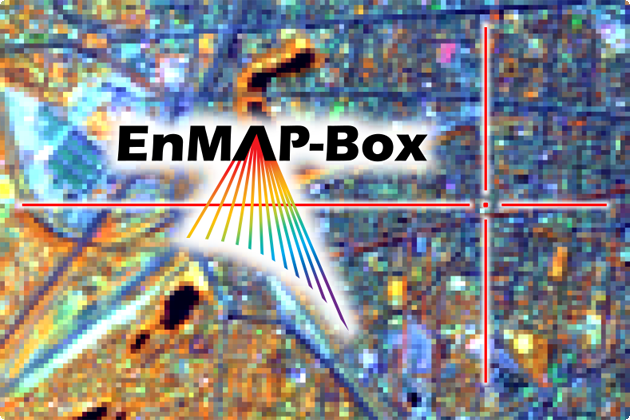
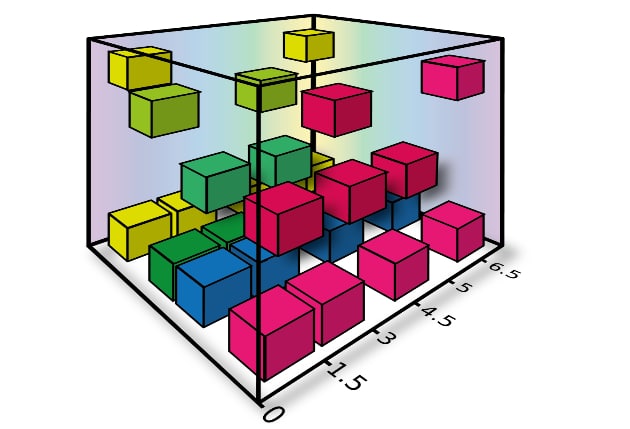
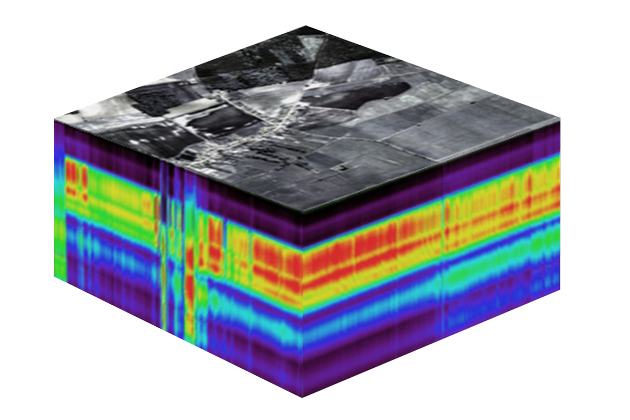
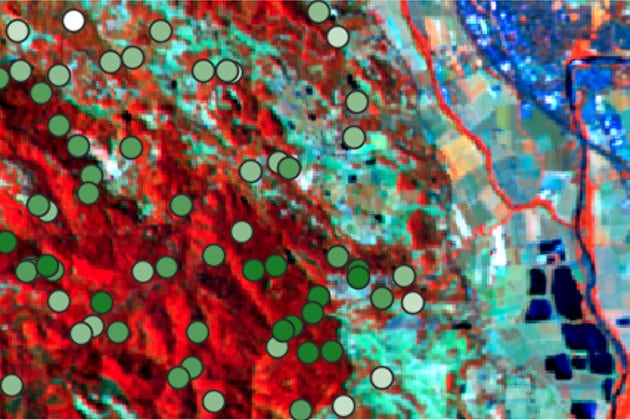
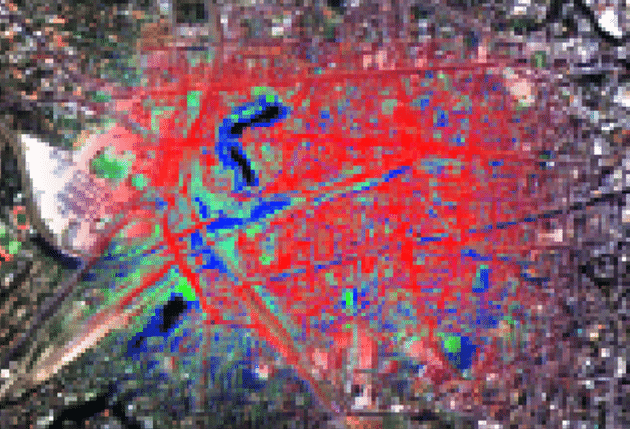
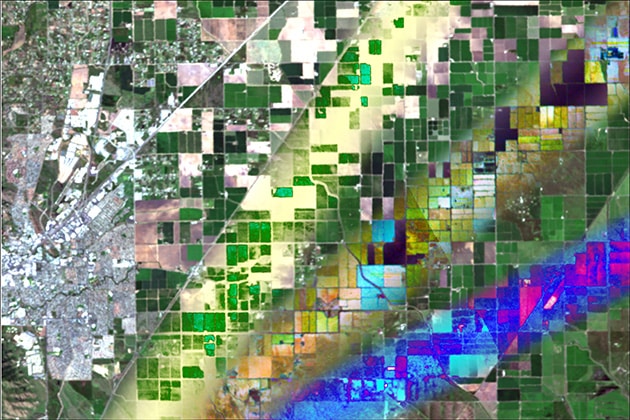
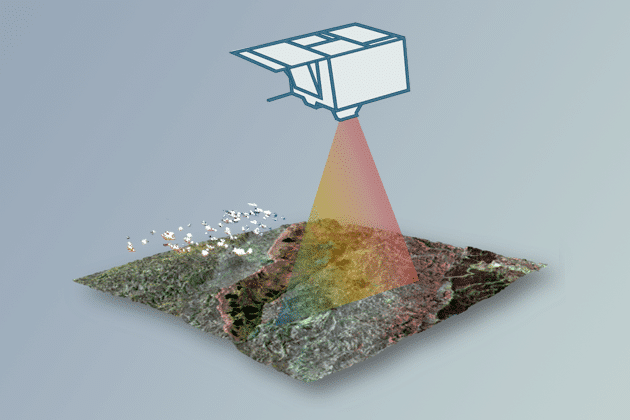
Responses